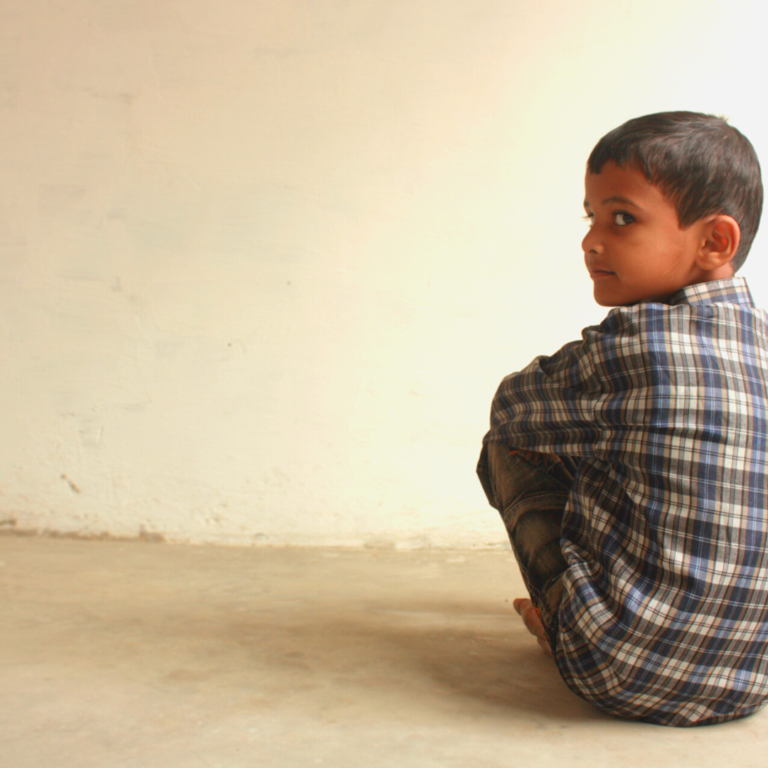Dismissive Avoidant Attachment: Understanding the Signs and Root Causes
Understanding attachment styles is crucial in navigating relationships. One such style is dismissive-avoidant attachment, which can pose unique challenges. Individuals with this attachment style may exhibit certain behaviors that make forming and maintaining relationships difficult. By recognizing the signs and understanding the underlying causes, we can work towards building healthier relationships.
Signs of Dismissive Avoidant Attachment:
- Emotional Distance: Those with a dismissive avoidant attachment style tend to keep their emotions at bay and may struggle to express or connect with their own feelings. They often appear emotionally distant, detached, or even cold in their interactions with others.
- Fear of Intimacy: Individuals with dismissive avoidant attachment may have a deep-rooted fear of intimacy and vulnerability. They may avoid deep emotional connections and tend to keep relationships on a surface level, often maintaining a sense of independence and self-sufficiency.
- Difficulty Trusting Others: Trust is fundamental to any healthy relationship. However, those with dismissive avoidant attachment may find it challenging to trust others fully. They may have experienced past hurts or perceived threats to their independence, leading them to maintain a guarded approach to relationships.
- Dismissing Needs: Individuals with dismissive avoidant attachment may dismiss their own emotional and physical needs. They may prioritize self-reliance and independence, often putting their own needs aside to avoid relying on others or appearing vulnerable.
Root Causes of Dismissive Avoidant Attachment:
- Early Childhood Experiences: Early childhood experiences with caregivers often shape attachment styles. Dismissive avoidant attachment may develop if a child’s emotional needs were consistently dismissed or ignored, leading them to learn self-reliance as a coping mechanism.
- Fear of Rejection: Individuals with dismissive avoidant attachment may have experienced rejection or abandonment in their past, leading to a fear of being hurt again. This fear can cause them to avoid emotional closeness and vulnerability in relationships.
- Overemphasizing Independence: Society often values independence and self-sufficiency, which can influence individuals to prioritize these traits. Those with dismissive avoidant attachment may have developed a belief that relying on others is a sign of weakness, leading them to distance themselves emotionally.
- Self-Protective Mechanism: Dismissive avoidant attachment can also be a self-protective mechanism. Individuals with this attachment style may believe they are shielding themselves from potential pain or disappointment by keeping emotional distance and avoiding deep connections.
Recognizing the indicators and fundamental reasons for dismissive avoidant attachment can offer a valuable understanding of the obstacles faced by people with this type of attachment style. It is crucial to approach relationships with empathy, patience, and open communication. Seeking therapy and engaging in self-reflection can also be beneficial in addressing and modifying attachment patterns, leading to healthier and more satisfying relationships in the future.
Imbalances in the Chakras with Dismissive Avoidant Attachment Individuals
The concept of chakras originates from ancient Indian spiritual traditions and refers to the seven energy centers in our bodies. Each chakra is believed to correspond to different aspects of our physical, emotional, and spiritual well-being. Dismissive avoidant attachment individuals may exhibit imbalances in certain chakras, which can further contribute to their difficulties in forming and maintaining healthy relationships. Let’s explore how each chakra may be affected:
- Root Chakra (Muladhara): The root chakra is associated with stability, security, and a sense of belonging. Dismissive avoidant attachment individuals may have imbalances in this chakra, stemming from early experiences of instability or a lack of emotional support. This can result in feelings of insecurity and a deep-rooted fear of intimacy, making it challenging for them to establish a solid foundation in relationships.
- Sacral Chakra (Svadhisthana): The sacral chakra governs emotions, pleasure, and creativity. Imbalances in this chakra for dismissive avoidant attachment individuals can manifest as a disconnection from their own emotions and an aversion to experiencing vulnerability. They may struggle to express their desires and may suppress their creative impulses, hindering their ability to form deep connections with others.
- Solar Plexus Chakra (Manipura): The solar plexus chakra relates to personal power, self-esteem, and confidence. Dismissive avoidant attachment individuals may exhibit imbalances in this chakra, often due to a fear of rejection or a past history of feeling inadequate. This can lead to a tendency to dismiss their own needs and prioritize independence, resulting in a lack of self-assurance and difficulty in asserting themselves in relationships.
- Heart Chakra (Anahata): The heart chakra is associated with love, compassion, and empathy. Dismissive avoidant attachment individuals may have an imbalance in this chakra due to their fear of intimacy and emotional vulnerability. As a result, they may struggle to connect with their own feelings of love and compassion, making it challenging to form deep and meaningful connections with others.
- Throat Chakra (Vishuddha): The throat chakra governs communication and self-expression. Imbalances in this chakra for dismissive avoidant attachment individuals can manifest as difficulty expressing their emotions, needs, and desires. They may find it challenging to open up and have honest, authentic conversations with their partners, leading to a breakdown in communication and misunderstandings.
- Third Eye Chakra (Ajna): The third eye chakra relates to intuition, insight, and self-awareness. Dismissive avoidant attachment individuals may exhibit imbalances in this chakra due to their tendency to detach from their own emotions. This can result in a lack of self-awareness and an inability to tune into their intuition, making it difficult for them to navigate and understand their own needs and the needs of their partners.
- Crown Chakra (Sahasrara): The crown chakra represents spiritual connection, enlightenment, and higher consciousness. Imbalances in this chakra for dismissive avoidant attachment individuals can arise from a disconnection from their own spirituality or a lack of belief in the power of emotional and spiritual connections. This can hinder their ability to experience deep spiritual and emotional fulfillment in relationships.
Understanding the imbalances in the chakras can provide additional insights into the challenges faced by dismissive avoidant attachment individuals. It highlights the importance of working towards healing and balancing these energy centers through practices such as meditation, energy healing, and self-reflection. By addressing these imbalances, individuals can foster greater self-awareness, emotional connection, and ultimately, healthier and more fulfilling relationships.
Healing an Avoidant Attachment Style: Finding a Path to Healthy Relationships.
Healing an avoidant attachment style is a journey towards forming healthier and more fulfilling relationships. It involves developing self-awareness, learning to express and listen to emotions, effective communication, practicing grounding techniques, focusing on the positives in others, and taking responsibility for one’s feelings and behaviors.
Self-awareness is crucial in healing an avoidant attachment style. It requires recognizing and understanding your own emotional patterns, triggers, and defense mechanisms. By being aware of your thoughts and feelings, you can begin to identify any avoidant tendencies and work towards overcoming them.
It’s important to remember that having emotions is normal and healthy. Embracing and accepting your emotions is a significant step towards healing. Instead of suppressing or dismissing your feelings, allow yourself to experience and express them in a healthy manner. This can involve journaling, talking to a trusted friend or therapist, or engaging in activities that help you process and understand your emotions.
Learning to feel comfortable expressing your feelings and listening to those of others is another essential aspect of healing an avoidant attachment style. Effective communication is key to building strong and trusting relationships. Practice expressing your needs, wishes, and concerns openly and honestly. Equally important is actively listening to others without judgment or defensiveness, allowing for a deeper connection and understanding.
In addition to improving communication skills, practicing grounding techniques and behavioral experiments can be beneficial. Grounding techniques, such as deep breathing or mindfulness exercises, help you stay present and connected to your emotions. Behavioral experiments involve taking small steps outside of your comfort zone to challenge avoidant behaviors and build confidence in forming connections with others.
Shifting your focus to the positives in other people can also aid in healing an avoidant attachment style. Often, individuals with an avoidant attachment style tend to focus on the negatives or flaws in others as a defense mechanism. By consciously choosing to see and appreciate the positive qualities in people, you can cultivate a more open and accepting mindset, fostering healthier relationship dynamics.
Lastly, taking responsibility for your feelings and behaviors is essential in healing an avoidant attachment style. Recognize that you have the power to change and grow. Own up to any avoidant tendencies or actions that may have negatively impacted your relationships. By acknowledging and taking responsibility for your own emotions and behaviors, you can work towards developing more secure and fulfilling attachments.
In conclusion, healing an avoidant attachment style requires self-awareness, embracing emotions, effective communication, grounding techniques, focusing on the positives in others, and taking responsibility for one’s feelings and behaviors. It is a personal growth and transformation journey that can lead to healthier and more fulfilling relationships.













